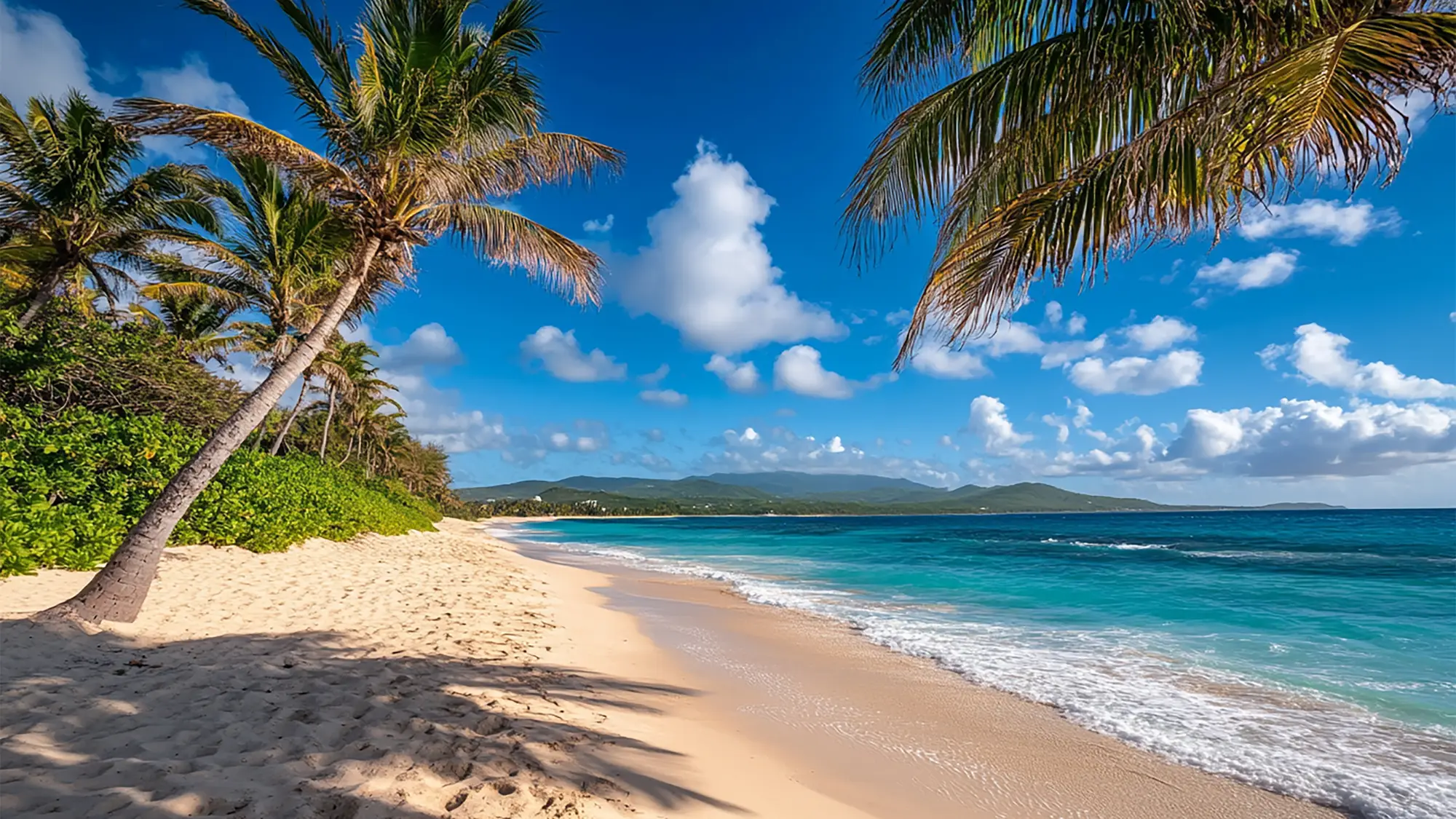The Philippines, with its more than 7,000 islands, is home to some of the world’s most beautiful coastal areas. From the white sands of Boracay to the unspoiled beauty of Palawan, the country’s beaches are a top destination for tourists seeking a tropical paradise. As tourism continues to grow, so does the need for sustainable developments to protect these natural wonders. Eco-tourism is emerging as a powerful solution, offering travelers a chance to enjoy the beauty of the Philippines while preserving it for future generations.
What is Eco-Tourism?
Eco-tourism focuses on responsible travel to natural areas, promoting environmental conservation, and benefiting local communities. In the Philippines, this type of tourism emphasizes low-impact, environmentally friendly developments that respect the local ecosystem and culture. Travelers are encouraged to participate in activities that do not harm the environment, such as snorkeling, diving, and guided nature tours.
Sustainable Coastal Developments
Sustainable development in coastal areas means creating structures and facilities that blend with the natural environment and have minimal ecological impact. This can include using renewable energy sources like solar power, incorporating waste reduction and water conservation systems, and ensuring that buildings are designed to withstand natural disasters like typhoons and rising sea levels.
In areas like Palawan, Siargao, and La Union, sustainable resorts and eco-friendly accommodations are becoming more common. These developments focus on maintaining the balance between economic growth and environmental preservation. Many eco-resorts utilize locally sourced materials and employ local communities, providing jobs while preserving the natural beauty of the coastline.
Benefits of Eco-Tourism and Sustainable Development
- Environmental Protection: Sustainable developments reduce the environmental impact of tourism, protecting fragile ecosystems and marine life.
- Economic Growth: Eco-tourism generates income for local communities, offering sustainable livelihoods in fishing, farming, and guiding services.
- Cultural Preservation: Sustainable projects often involve collaboration with local communities, ensuring that traditional practices and cultures are respected and preserved.
- Long-term Investment: Sustainable developments attract eco-conscious tourists, ensuring that coastal areas remain attractive destinations for future travelers.
Eco-tourism and sustainable developments are key to protecting the Philippines’ coastal gems while promoting responsible travel. By focusing on conservation and community involvement, the country can continue to welcome visitors to its beaches while safeguarding the environment for future generations. As more people embrace sustainable travel, the Philippines is well-positioned to lead in eco-friendly coastal tourism in Southeast Asia.

